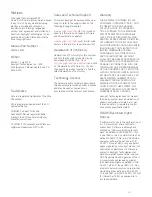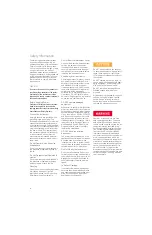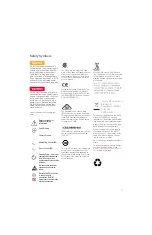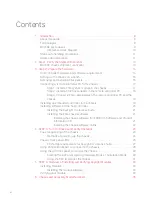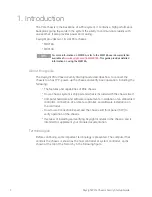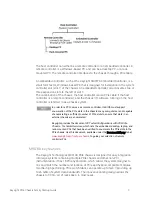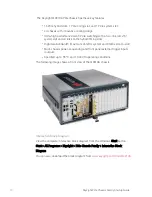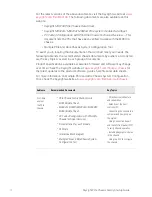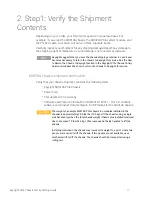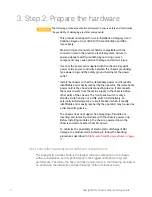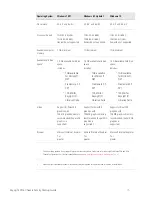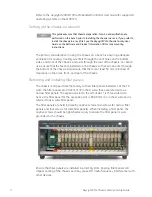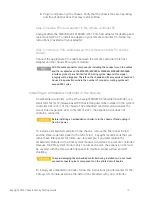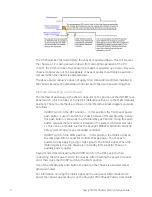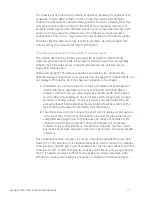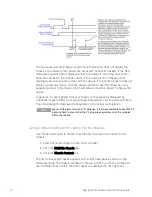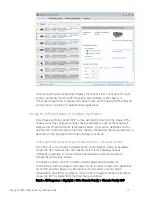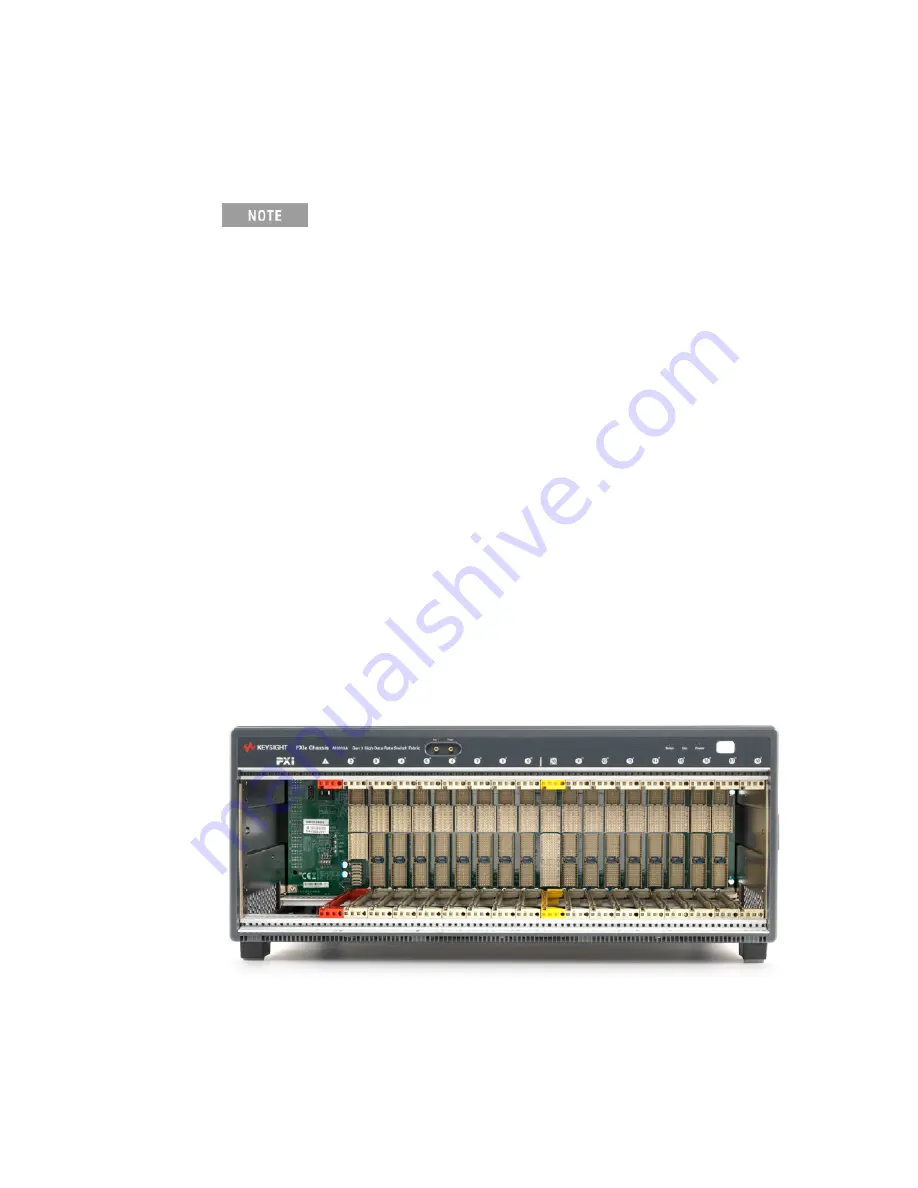
1
6
Keysight PXIe Chassis Family Startup Guide
Refer to the
for supported
Keysight M9037A PXIe Embedded Controller User Guide
operating systems on the M9037A.
Setting up the chassis on a bench
This guide assumes that chassis preparation, turn-on and verification are
performed on the bench prior to installing the chassis in a rack. If you prefer to
install the chassis in a rack first, see the
Keysight PXIe Chassis Family User
on the Software and Product Information CD for rack mounting
Guide
instructions.
The primary consideration in using the chassis on a bench is ensuring adequate
ventilation for cooling. Cooling air enters through the vent holes on the bottom,
sides, and front of the chassis, and exits through the rear of the chassis. For bench
use, ensure that the feet are installed on the chassis so that air can enter through
the bottom of the chassis. Also ensure that there is at least 50 mm (2 inches) of
clearance on the sides, front, and rear of the chassis.
Removing and installing filler panels
The chassis is shipped from the factory with all filler panels installed. For the 18
slots, the filler panels are 20.32 mm (.8 inches) wide; these are referred to as
narrow filler panels. The expansion slot to the left of slot 1 is three slots wide;
hence, the filler panel for the expansion slot is 60.96 mm (2.4 inches) wide and is
referred to as a wide filler panel.
The filler panels are held in place by captive screws (two screws for narrow filler
panels and four screws for wide filler panels). When installing a filler panel, the
captive screws should be tightened securely to ensure the filler panel is well-
grounded to the chassis.
Ensure that filler panels are installed in all empty slots. Missing filler panels will
impact cooling of the chassis and may cause RFI (radio frequency interference) with
other devices.


